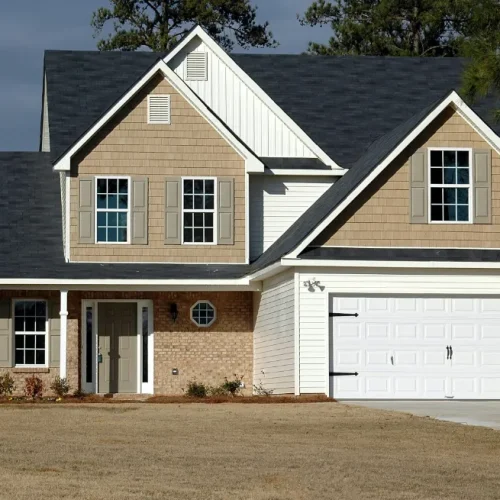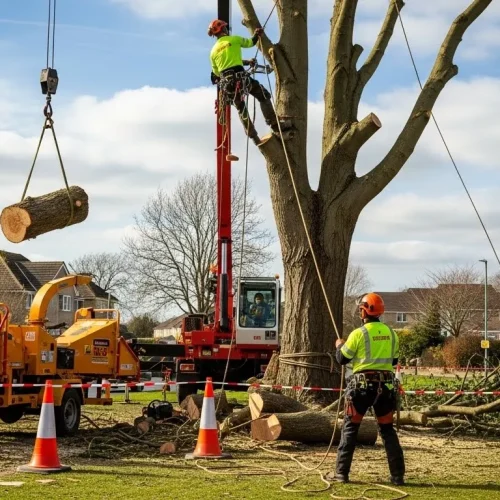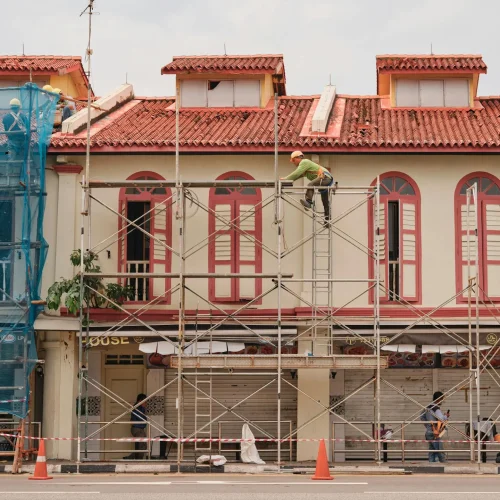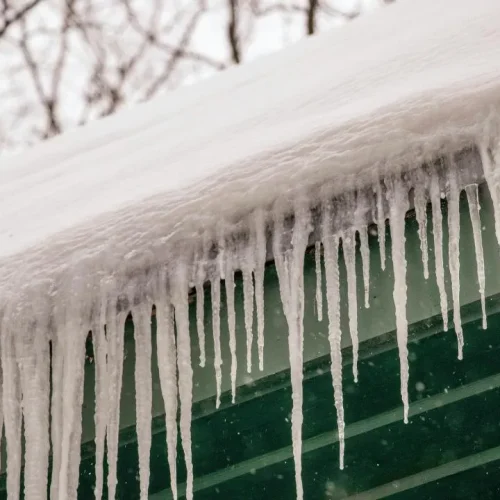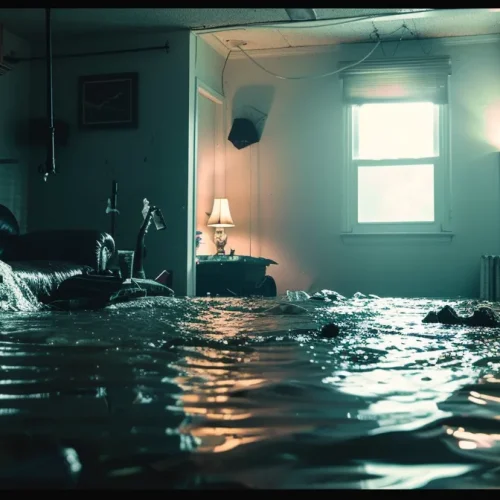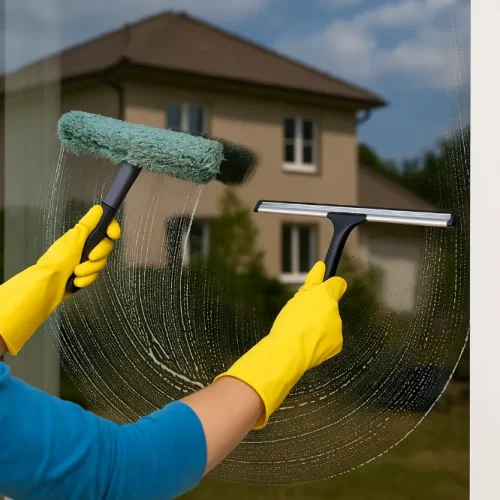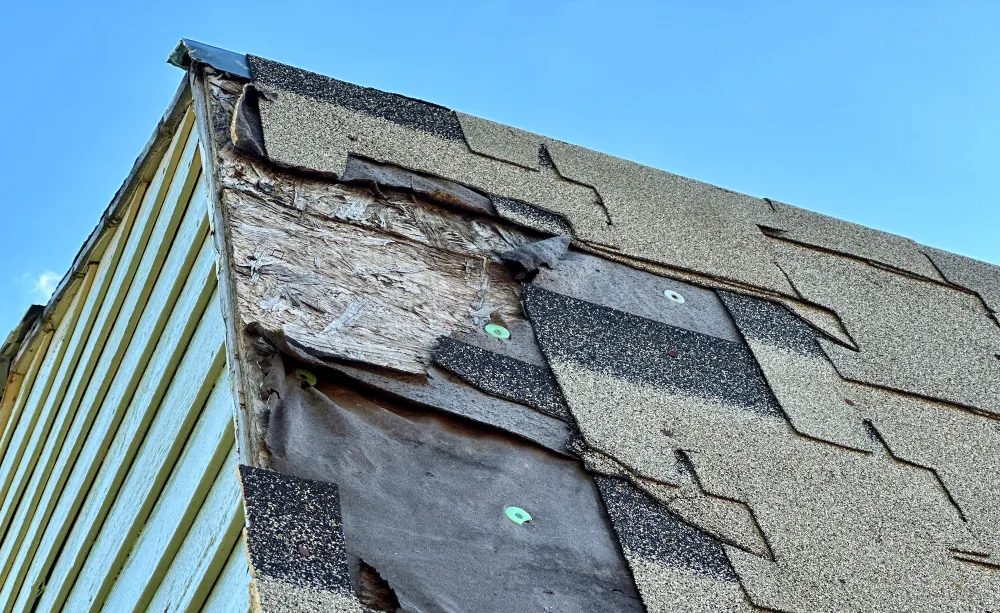
Severe weather can turn a sturdy roof into a vulnerable one within hours. High winds, heavy rain, and hail leave behind damage that might not always be obvious at first. Even minor cracks or loose shingles can open the door to leaks, moisture build-up, and structural concerns later. Your home’s protection depends on quick attention after a storm, especially when small issues can escalate into major repairs if neglected.
Spotting changes early keeps your property safe and your investment secure. Timely roof repair Murfreesboro services can help catch problems before they worsen, preventing costly damage and preserving your home’s integrity. Taking a moment to inspect after storms saves both money and stress. Ignoring problems can lead to mold, wood rot, and weakened roof structure over time. Understanding signs of damage helps determine when professional help is necessary. Let’s explore these signs in detail.
Shingles That Look Out of Place
Unexpected gaps across the roofline should never be ignored. Missing, raised, or curled shingles expose the underlayment to sun and water. These gaps compromise the roof’s ability to redirect rain away from the surface. Each shingle plays a critical role in protecting the entire structure, and when just a few loosen after a storm, nearby ones become vulnerable as well.
Wind can peel back shingles, and those lifted areas become entry points for further damage. The older a shingle, the more likely it will crack or break under stress, accelerating roof wear. Uneven shingle placement disrupts the overall aesthetics and decreases the home’s curb appeal. Addressing these issues promptly preserves both protection and appearance, avoiding costly replacements down the road.
Damage Around Roof Edges and Flashing
Metal flashing around vents, chimneys, and skylights seals vital junctions where leaks frequently appear. Strong winds can loosen those edges or bend the material, creating thin openings where water slips through. Even a small split near flashing can let gallons of water seep into attic spaces over time. A professional eye can detect these minor yet serious faults that go unnoticed from the ground.
Water penetration around flashing is a common cause of hidden damage requiring extensive repairs later. The tight seals seal these vulnerable connections and maintain waterproof integrity across complex areas. Damage here can lead to wood rot or deterioration of surrounding building materials, seriously compromising overall home safety. Regular inspections after storms ensure the flashing remains intact and effective.
Debris Scattered Across Roof or Yard
Branches or broken shingles across the lawn signal potential roof damage above. Large limbs can dent or puncture the panels beneath them. Even if the debris looks harmless, unseen cracks might have formed where impact occurred. That kind of damage leads to gradual deterioration under constant exposure to the sun and rain. Leftover debris blocking gutters or downspouts also causes water to back up, weakening the edge.
Sometimes, debris lodged on the roof surface holds water and promotes moss or algae growth, hastening material wear. Immediate removal reduces additional pressure on vulnerable sections. Ensuring the entire surface is clear after storms preserves functionality and extends its life.
Granules Collecting in Gutters and Downspouts
Shingle granules help protect your cover from the sun’s rays and serve as the first line of defense against wind erosion. When you notice dark specks in gutters or near downspouts, it usually points to aging or storm-distressed shingles. The granule loss exposes a thin asphalt layer that deteriorates far faster than the protected surface. Over time, UV rays and heat cause premature roof wear.
A roof losing an unusual amount of granules may indicate weakened shingles with reduced life expectancy. Storms with hail can accelerate granule loss, cracking the outer shingle layer. Monitoring granule accumulation helps in deciding whether repairs or replacement is necessary. Regular gutter cleaning combined with inspections keeps the drainage system and roofing material in good condition.
Damp or Musty Smell Inside the House
A strong, musty odor in the attic or upper rooms shouldn’t be dismissed. It can indicate water infiltration through weak cover spots created by heavy storms. Moisture trapped inside insulation quickly results in mold, compromising air quality indoors. This hidden risk continues spreading quietly, damaging wood beams and ceiling structures. Exposure to mold affects occupants’ health, causing allergies or respiratory issues over time.
Even if visual signs are absent, unpleasant odors signal serious hidden problems behind walls or ceilings. Specialized moisture meters and infrared tools help locate trapped moisture for targeted repair. Prompt treatment preserves structural integrity and restores a healthy indoor environment.
Sagging Rooflines or Uneven Surfaces
A roof that appears slightly uneven could signal more serious structural problems than missing shingles alone. Repeated exposure to heavy rain or hail can weaken its internal framework. Sections may start to sink between rafters as water saturates the materials underneath. Left unchecked, this can impact the safety of the entire home. Sagging roofs create stress points that increase risk during subsequent storms or snow loads.
Structural weakening reduces the ability to support roofing layers, potentially increasing collapse risk if ignored. Timely assessment by professionals safeguards homeowners from costly consequences. Maintaining a level roofline prolongs the lifespan and ensures continued protection.
Increased Indoor Drafts or Rising Energy Bills
Unexpected indoor drafts or rising monthly energy costs may point to a compromised system. When insulation becomes saturated from storm leaks, it loses its ability to retain indoor air temperatures. More cool air escapes in summer, and warmth escapes in winter, forcing HVAC systems to run longer. This subtle symptom can be easily overlooked unless connected with other warning signs.
Energy loss from leaks puts extra strain on heating and cooling units, increasing operational wear. Over time, the increased energy consumption significantly raises utility bills. Repairing leaks restores insulation function and reduces wasted energy, saving money in the long run. Consider winter and summer energy bills as indirect indicators of roof health.
Roof Damage Visible from the Ground
While climbing a roof can be unsafe, visual checks from the yard can still reveal important clues. Look for sagging eaves, mismatched patches, or gaps near the ridge line. These irregularities indicate broken seals or missing structural coverage in certain areas. Residential owners in communities known for strong storms, such as those requiring roofing Franklin TN professionals, should stay alert for even small exterior changes.
Rough edges or loose shingles suggest wind or hail damage that demands attention. Spotting dark patches or granule loss from the ground helps identify areas needing closer inspection. Early detection prevents damage from spreading to underlying materials. Regular walk-around checks keep residents aware of the cover’s condition after storms.
Storm damage leaves visible and hidden threats that demand prompt action. Ignoring changes in your roof’s condition gives small cracks or leaks time to expand. Prioritizing timely repairs helps maintain a sturdy shelter, and when you need it most, professional roof repair Murfreesboro teams can restore lasting peace of mind. Consistent maintenance and swift response to damage remain vital in regions prone to storms.


